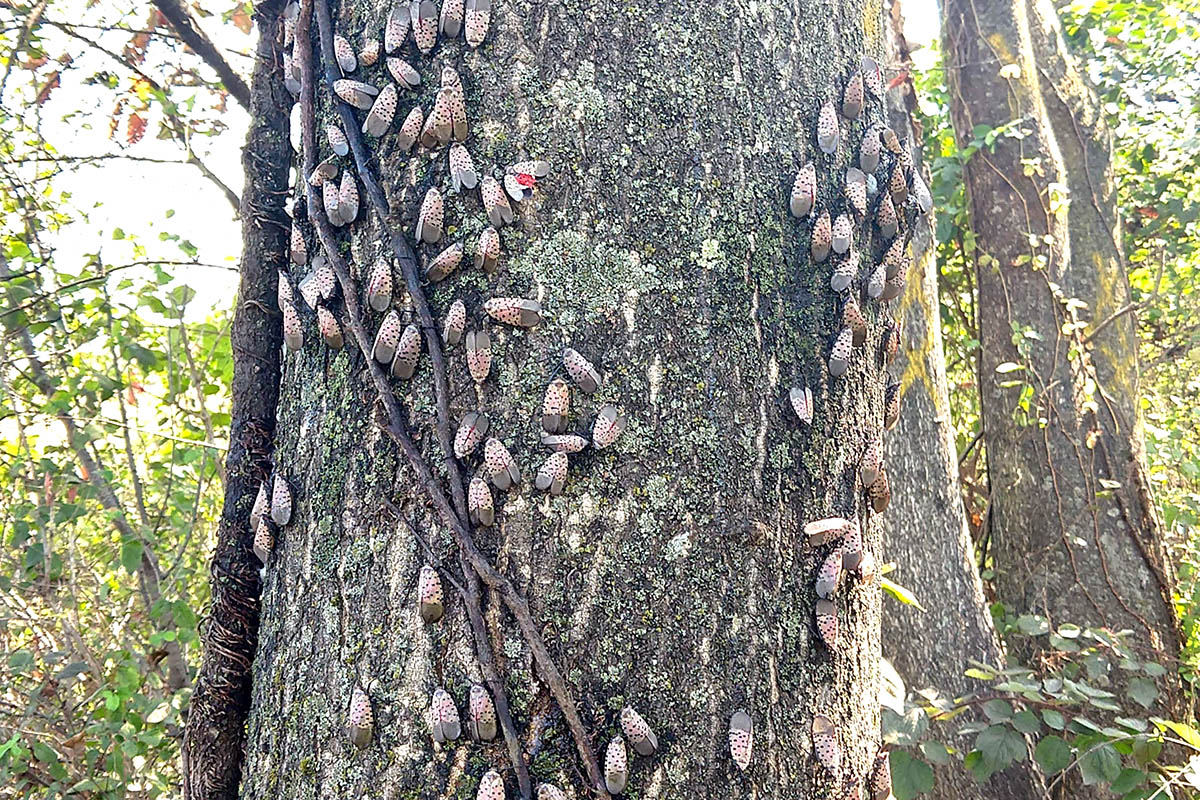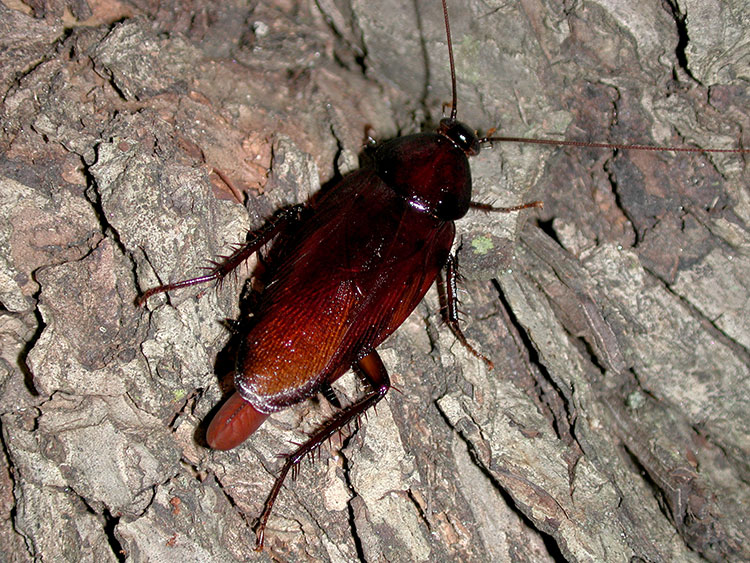Few things will strike fear into the hearts of pasture and hayfield owners than knowing fall armyworms are on the march. These pests can quickly decimate a field of bermudagrass, fescue, pearl millet or several other crops and then disappear as quickly as they appeared.
Growers and homeowners should keep a close and frequent lookout for signs of these pests. Fall armyworms can be up to 1.5 inches long and are light green to nearly black with light and dark stripes that stretch horizontally along the body of the worm. One of the pest’s most distinct characteristics is an inverted Y-shape on the head of the worm.
Prevalent in the fall
As the name implies, fall armyworms are most numerous in late summer and early fall. They are unable to tolerate even a mild winter, but each year they return as wind currents from Florida and Latin America carry the moths to Georgia.
Armyworms cause damage by chewing on plant tissue. They are typically most active in the early morning or late afternoon when temperatures are cooler. In newly cut hay or shorter grass, armyworms hide in the thatch and topsoil layers during the heat of the day. However, they can be seen foraging in tall grass during any part of the day.
Thin, brown grass
Armyworms go through six stages of larval development. The youngest larvae do not eat much but the mature larvae can eat more than all other ages put together. Damage can appear differently depending on the forage type and conditions. On closely grazed pastures, damage may appear as thinned out grass and brown spots. This could be misdiagnosed as drought damage. In hayfields or pastures with tall growth, damage can be devastating with nearly all tender green vegetation being removed.
Established, healthy bermudagrass is not likely to be totally killed by armyworm infestations, but the damage caused by a complete infestation will weaken the plant and result in reduced forage availability for livestock.
Armyworm damage is sometimes described as “coming in waves.” If growers notice armyworms, they should keep a close eye over the next few months on that field and any surrounding fields to look for subsequent generations that have hatched. Start looking at least two weeks after initial damage has occurred for any young larvae.
Treatment thresholds are typically recommended at three armyworm larvae per square foot. It may be necessary to treat with an insecticide under certain conditions. Young larvae are much easier to kill than adult armyworm larvae. Thorough scouting may allow growers to spot treat certain areas of fields. Harvesting a hay crop may be the best option for armyworm control if hay is close to cutting time.
Several control options
Several insecticides are available that have control over armyworms. They include carbaryl (Sevin and others), diflubenzuron (Dimilin), cyfluthrin, spinosad and zeta-cypermethrin (Mustang Max). Pay careful attention to grazing or harvesting restrictions related to these products.
Careful scouting has been mentioned as the best way to prevent economic losses. Look for signs of armyworms in dead grass and in the thatch layer. Flocks of birds congregating are a typical sign of infestation.
Purchasing an insect net and performing sweeps early in the morning and late in the afternoon is a quick and easy way of scouting. If infestations do occur, it is best advised to fertilize the field based on timing to provide additional hay cuttings, or rest the pasture from grazing to allow the forage to re-establish.
Contact your local University of Georgia Cooperative Extension office for more specific recommendations and consultation.









